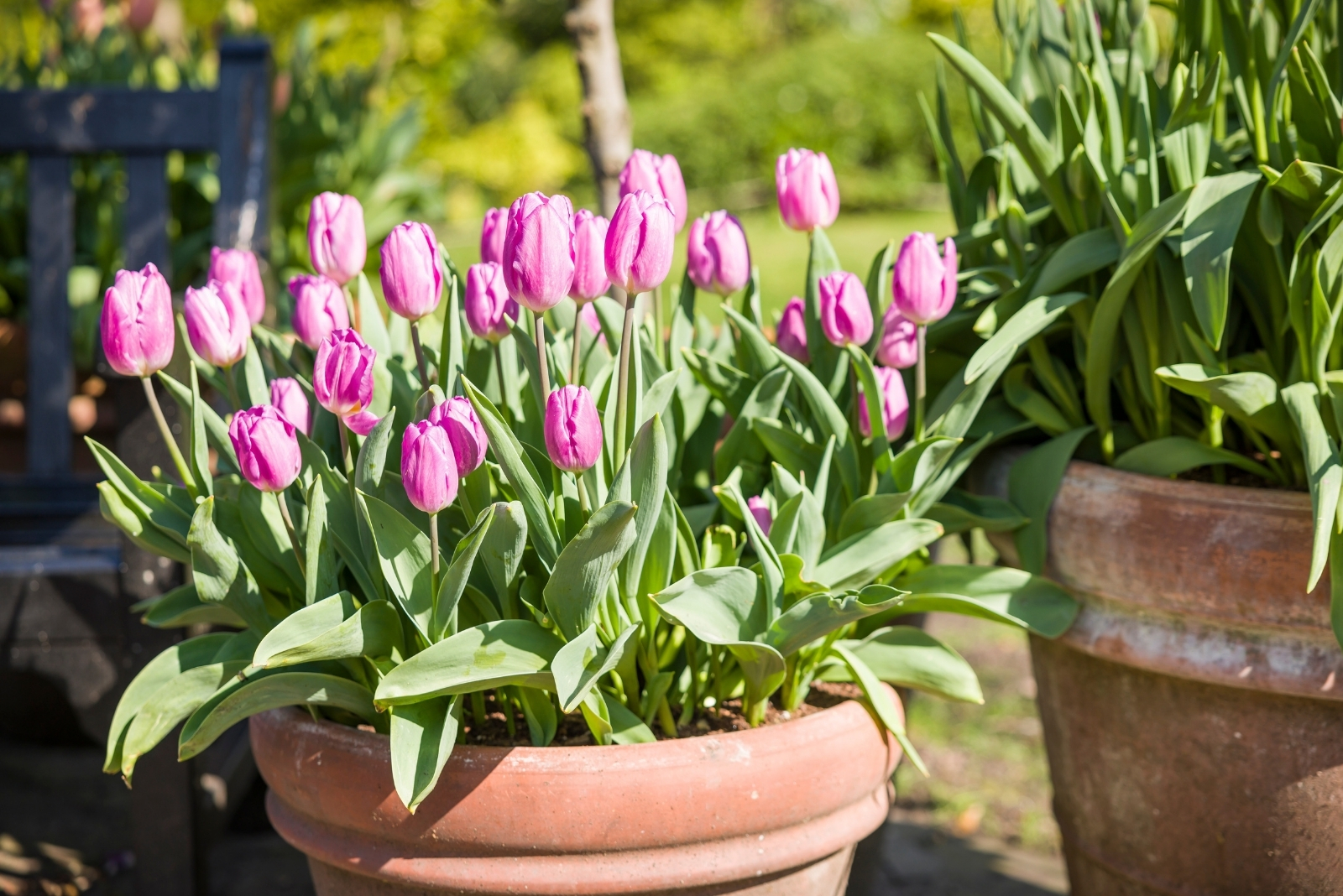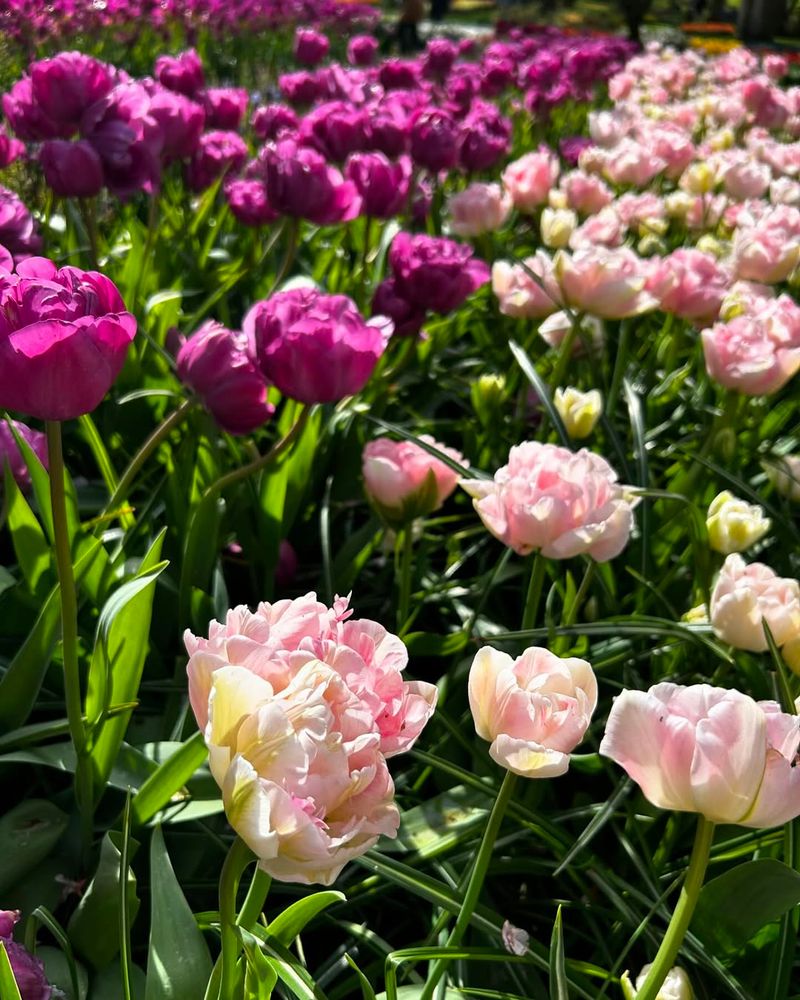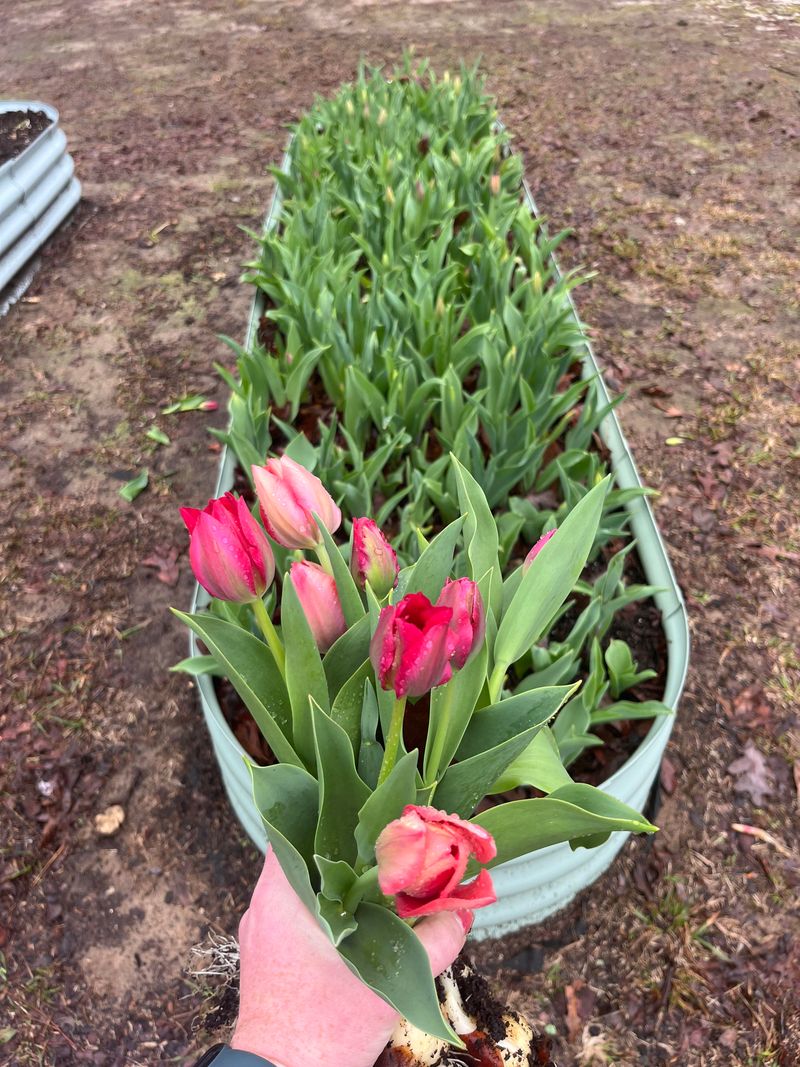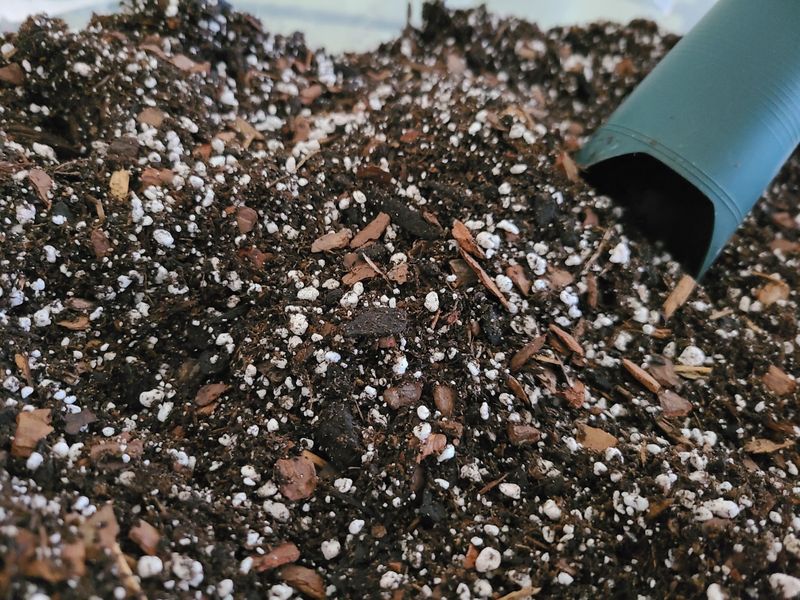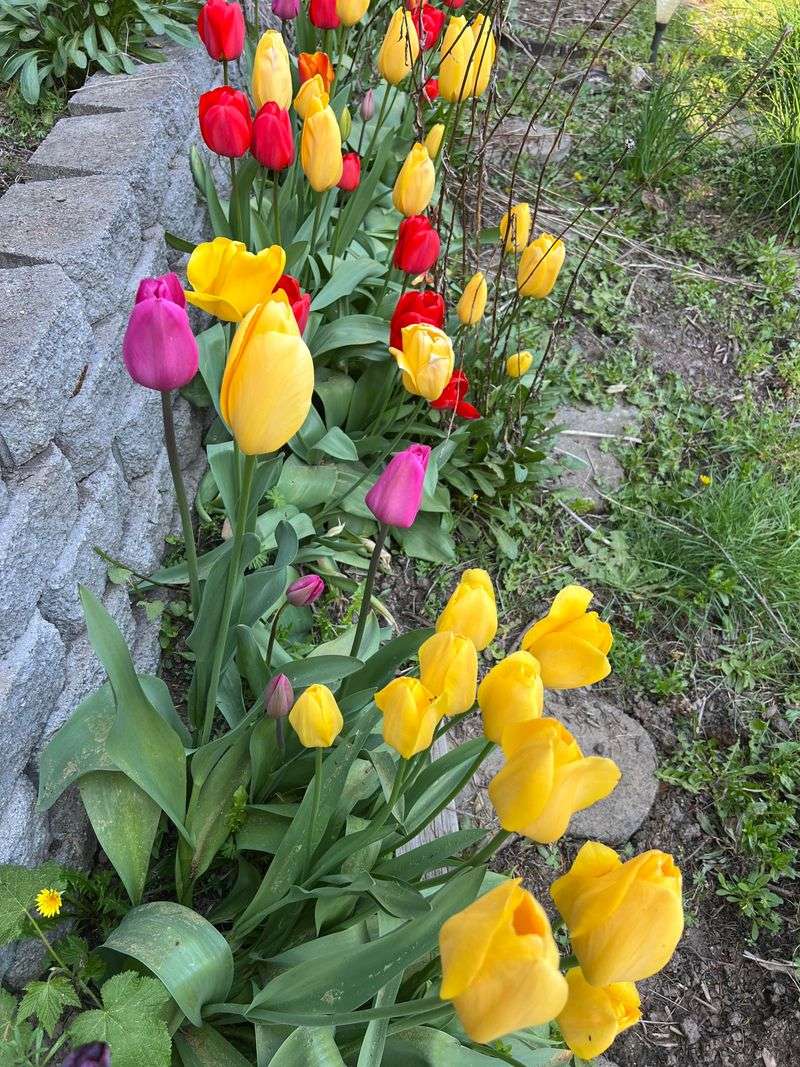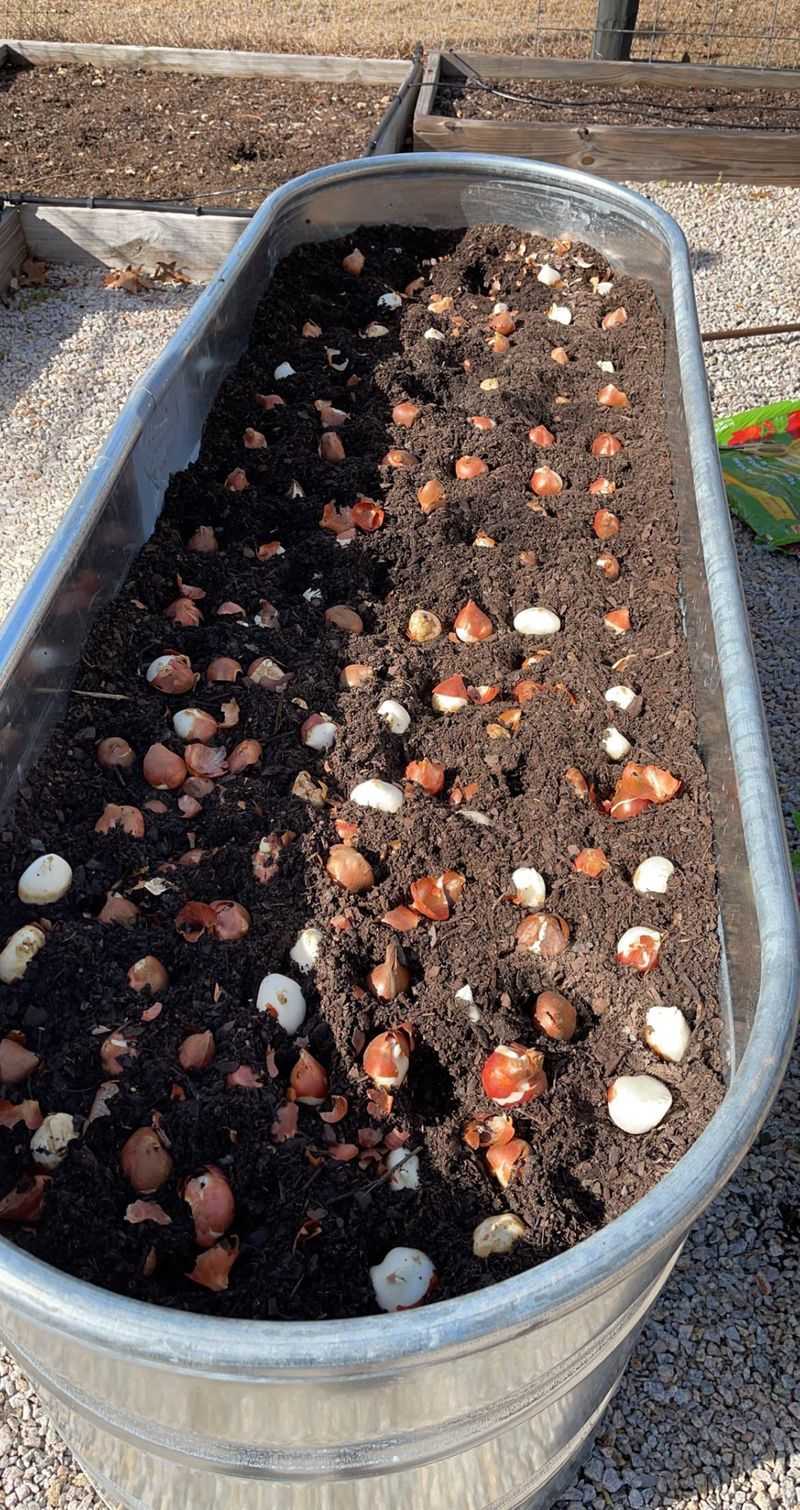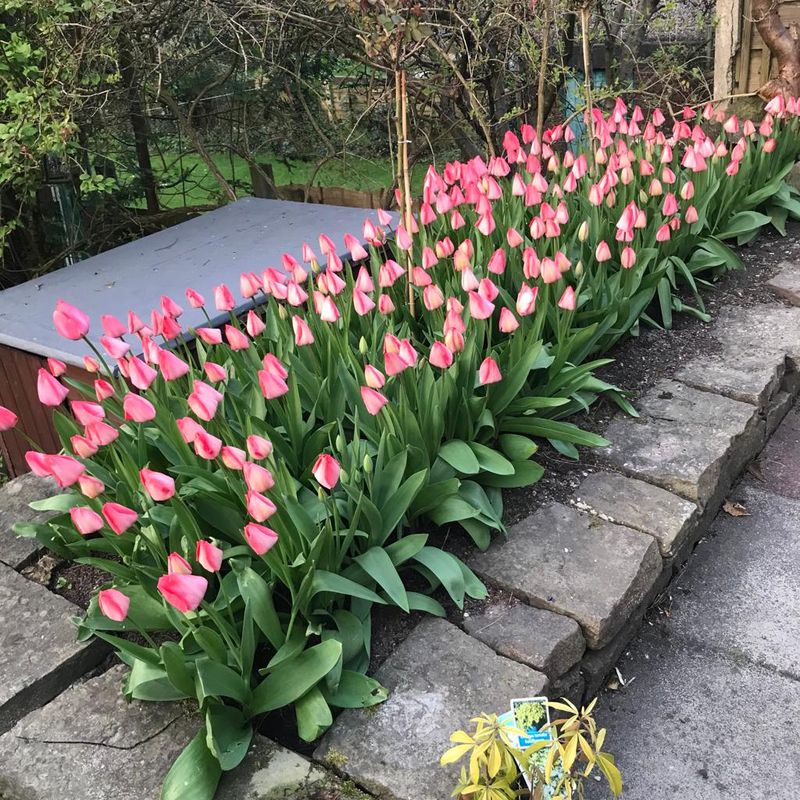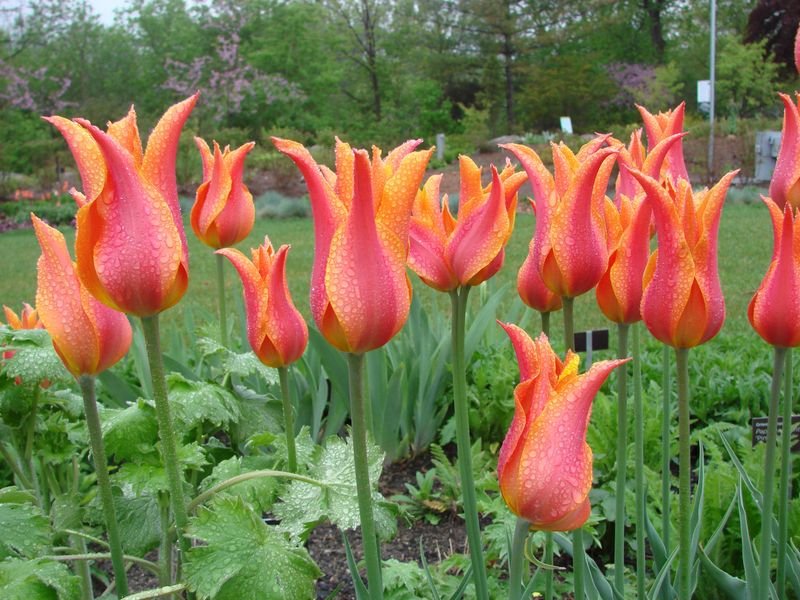Tulips bring pure joy each spring, but the planting process in Michigan is key to seeing them return year after year. Many gardeners skip small steps that actually make a big impact on blooms.
The timing, depth, and location all matter more than most realize. Let’s walk through the steps to ensure Michigan tulips show up beautifully each season.
1. Choose the Right Varieties
Species tulips like Tulipa tarda and Tulipa clusiana are your best bet for perennials in Michigan’s climate. These hardy varieties naturalize well and return reliably each spring without much fuss.
Darwin hybrids also perform admirably in Michigan gardens, standing up to unpredictable weather patterns that sweep across the Great Lakes state.
2. Time Your Planting Perfectly
Mid-October through early November offers the sweet spot for Michigan tulip planting. The soil has cooled but hasn’t frozen yet, giving bulbs time to establish roots before winter’s grip takes hold.
Many Michigan gardeners mark their calendars for this narrow planting window, especially those in the Upper Peninsula where winter arrives earlier than in the southern regions.
3. Select Sunny Locations
Tulips thrive in spots receiving at least 6 hours of direct sunlight daily. Morning sun works wonders in Michigan gardens, helping dew dry quickly and preventing fungal issues common in humid areas.
Southern-facing slopes are particularly valuable in Michigan’s northern counties, where they create warm microclimate pockets that encourage earlier spring blooming.
4. Prepare Well-Drained Soil
Sandy loam with excellent drainage prevents bulb rot during Michigan’s wet springs. Mix in compost to improve heavy clay soils common in the southeastern part of the state, creating ideal growing conditions.
Raised beds work wonders for tulips in Michigan’s low-lying areas prone to standing water, especially near the Great Lakes shorelines where soil tends to stay damp longer.
5. Plant at Proper Depth
Dig holes three times deeper than your bulb’s height – typically 6-8 inches deep. Michigan’s freeze-thaw cycles can push shallowly planted bulbs to the surface, exposing them to damaging temperature fluctuations.
Gardeners in Michigan’s Upper Peninsula often go slightly deeper to provide extra insulation against the harsher winter conditions that sweep down from Canada.
6. Space Bulbs Correctly
Place tulip bulbs 4-6 inches apart with their pointed ends facing upward. This spacing allows proper air circulation, reducing disease problems that can plague Michigan gardens during humid spring conditions.
Group bulbs in clusters of 7-12 for maximum visual impact when they bloom, creating bright spots of color in your Michigan landscape after the long winter months end.
7. Apply Protective Mulch
After planting, cover the area with 2-3 inches of shredded bark or straw. This insulating layer protects against Michigan’s dramatic temperature swings that can damage establishing bulbs.
Many experienced Michigan gardeners add mulch gradually as temperatures drop, building up coverage before the first heavy snows blanket the Lower Peninsula.
8. Implement Critter Protection
Michigan’s abundant wildlife loves tulip bulbs almost as much as gardeners do! Lay chicken wire directly over planted areas before adding mulch to deter digging by squirrels and chipmunks.
Blood meal sprinkled around the planting area helps repel deer and rabbits that roam freely throughout Michigan’s rural and suburban areas seeking winter food sources.

